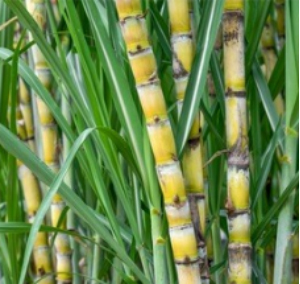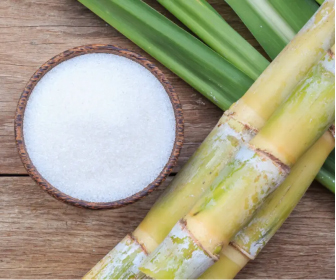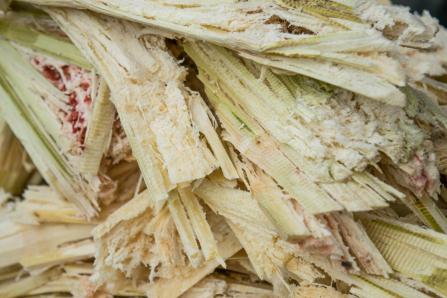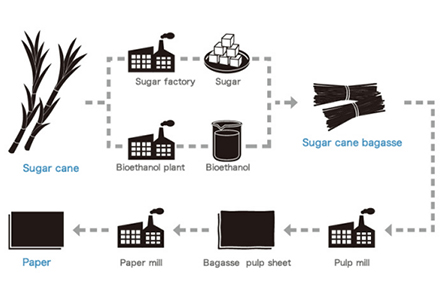Sugarcane paper is an environmentally friendly and non-polluting product that has several advantages over wood pulp paper. Bagasse is usually processed from sugarcane into sugar and then incinerated, which adds to environmental pollution. Instead of processing and burning bagasse, it can be turned into paper!


What Is Bagasse?
This photo shows bagasse after it has been pressed to extract the sugarcane’s juice. This pulp continues to be refined for the production of goods.

How Is Sugarcane Paper Made?
The making process of bagasse pulp can be divided into four steps: pulp cooking, pulp washing, screening, and pulp bleaching.

Production of bagasse
In many tropical and subtropical countries such as India, Colombia, Iran, Thailand and Argentina, sugarcane bagasse is commonly used instead of wood to produce pulp, paper and paperboard. This substitution produces pulp with physical properties that are well suited for printing and notebook paper, tissue products, boxes and newspapers. It can also be used to make boards similar to plywood or particle board, called bagasse board and Xanita board. These are widely used in the production of partitions and furniture.
The industrial process for converting bagasse into paper was developed in 1937 in a small laboratory in HaciendaParamonga, a Peruvian coastal sugar mill owned by WRGrace. Using a promising method invented by Clarence Birdseye, the company purchased an old paper mill in Whippany, New Jersey, and shipped bagasse there from Peru to test the feasibility of the process on an industrial scale.xxx A bagasse paper machine was designed in Germany and installed at the Cartavio sugar cane mill in 1938.
The first successful commercial production of newsprint made from bagasse was demonstrated jointly by Noble & WoodMachineCompany, KinsleyChemicalCompany and ChemicalPaperCompany at the ChemicalPaper mill in Holyoke on January 26-27, 1950. The xxxth use of the process was the printing of a special edition of the Holyoke Transcript Telegraph. The demonstration was done in collaboration with the governments of Puerto Rico and Argentina because of the economic importance of the product in countries where wood fiber is not immediately available. The work was presented in front of 100 representatives of industrial interests and officials from 15 countries.
Post time: Dec-01-2022

